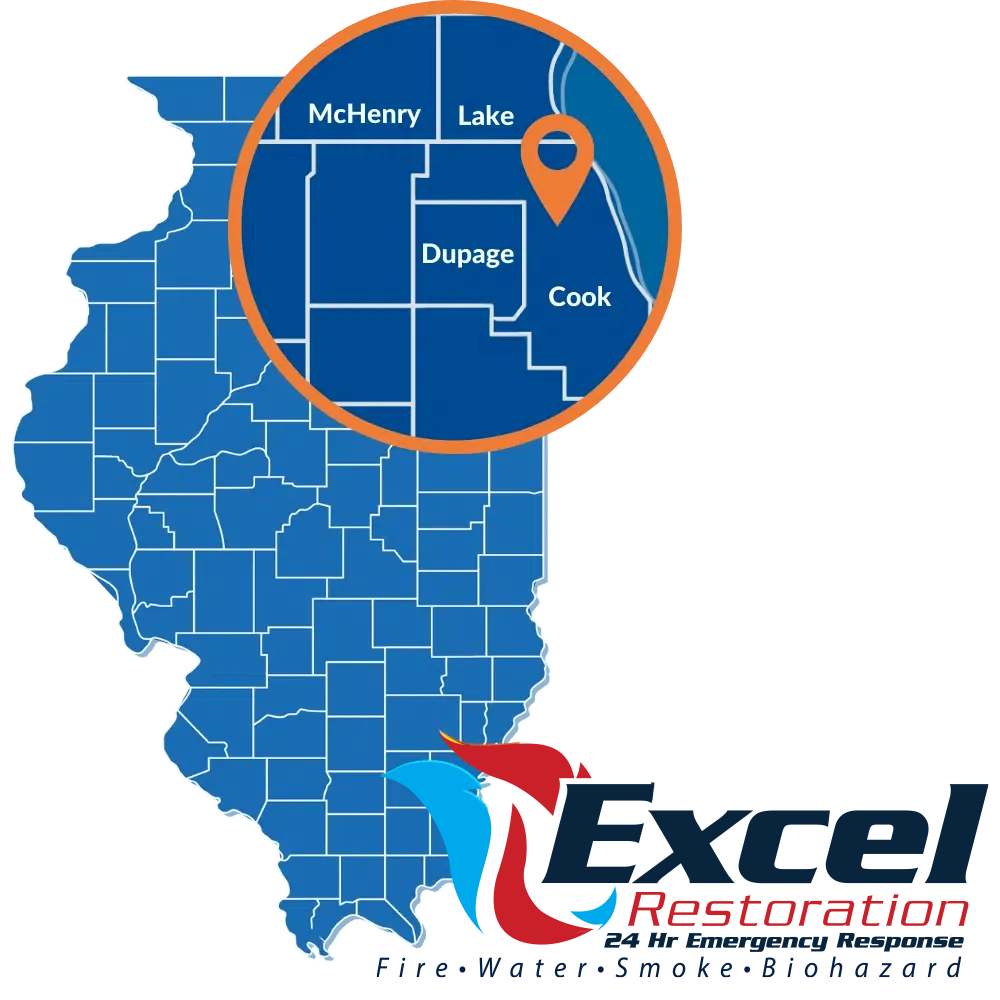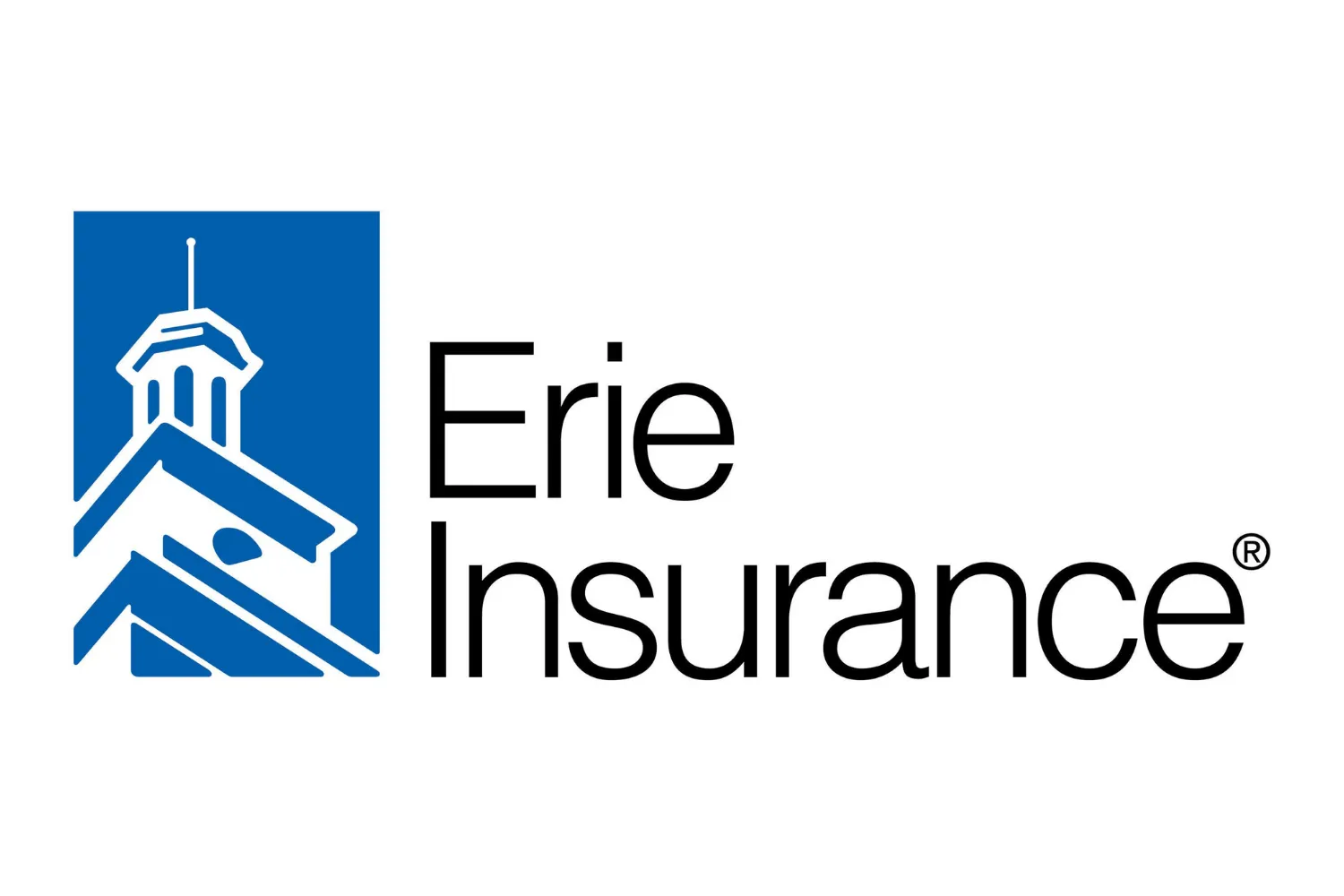Common Tools and Equipment For Water Damage Restoration In Chicago
Dealing with water damage alone proves incredibly stressful, time-consuming, and ineffective. Carpets and flooring affected by water damage require the help of trained professionals. Hazardous mold spores left on soaking wet flooring can significantly reduce indoor air quality and expose families to deadly airborne pathogens.
Excel Fire And Water Damage Restoration Services offer high-quality damage restoration services in Cook County. Licensed and insured restoration specialists have the training and experience to help homeowners recover from water damage. Please continue reading to learn about the common water damage restoration equipment professionals use.
Unfortunately, single-standing fans and open windows fail to rid homes of mold spores or mildew. Equipment used by damage restoration experts can save homeowners from throwing away sentimental items and spending thousands of dollars on replacement furniture, bedding, flooring, and siding. Trust the Excel Fire And Water Damage Restoration Services professionals for friendly, expert care of moisture-damaged homes in Chicago, IL.
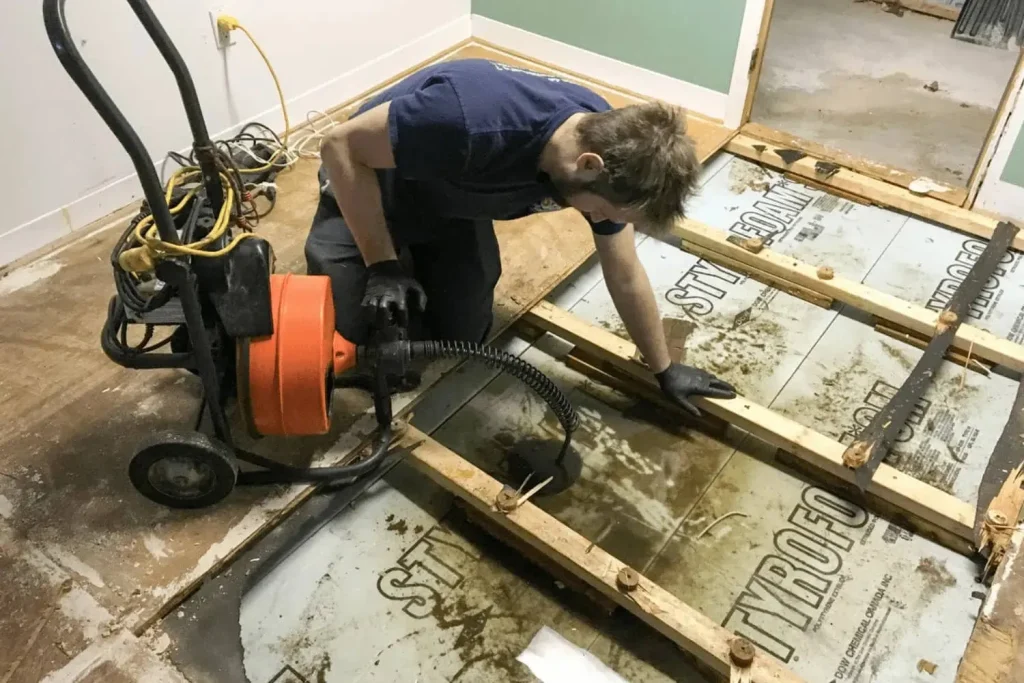
Common Water Damage Restoration Equipment in Cook County
Cracked pipes, leaking sinks, unexpected storms, and malfunctioning plumbing systems remain the most common causes of water damage in Chicago. Chicago’s government has spent billions of dollars to combat the flooding risks that continue to displace homeowners throughout The Windy City. As the risk of water damage, flooding, and unpredictable weather patterns trend upward, homeowners must educate themselves about common water damage restoration equipment.
Using the proper equipment to repair water damage ensures healthy indoor air quality, properly functioning HVAC systems, and water removal from homes. A high-quality restoration company aims to improve the living conditions of those subjected to catastrophic water damage. The most common water damage restoration equipment includes the following:
Air Movers
Drying equipment essential for restoration projects must include air movers. Common water damage restoration equipment circulates air inside homes and helps speed the drying process of living spaces, furniture items, flooring, and much more. An air mover works by drying damp flooring, wet walls, and moisture-damaged surfaces with high-powered fans.
No restoration project proves complete without a high-quality air mover. Without proper air circulation, mold spores grow, reproduce, and spread to every area of a home. Experts may use multiple air movers in different areas of homes to effectively dry moisture-damaged surfaces.
Dehumidifiers
Relative humidity indicates the percentage of water vapor in a particular area. Removing moisture from the air is essential for homes affected by water damage. High humidity levels inevitably lead to black mold growth, mildew, wall discoloration, overworked HVAC systems, and uncomfortable living conditions.
Dehumidifiers work by filtering warm air through refrigerant coils. Dehumidifiers collect the condensation generated by the warm air and expel moisture-free via fans. All moisture-affected areas of homes can significantly benefit from dehumidifiers.
Moisture Meters
Moisture meters, also known as hygrometers, help water restoration companies calculate the level of moisture damage in homes. Hygrometers use electrical currents to identify spaces of a house significantly affected by moisture. Moisture meters can also judge moisture levels within concrete surfaces, soil, plaster, and vinyl flooring.
Not all moisture remains visible to the human eye. Small particulates of vapor embed within wooden surfaces, under sinks, bathrooms, and the air circulating throughout homes. Common water damage restoration equipment includes pin-type and pinless moisture meters designed to help homeowners overcome the challenges of moisture damage.
Water Extraction
Standing water can cause severe damage to wood, vinyl, and concrete surfaces. Pooling water quickly enters porous concrete surfaces and causes chipping, discoloration, spalling, and potholes. Standing water on roofs provides the perfect habitat for moss growth, insect infestations, black mold growth, and harmful bacteria.
Water extractors use powerful pumps to remove standing or pooling water from homes. Water extractors prove essential if air blowers and dehumidifiers fail to remove moisture from homes adequately. Hot water extraction techniques have gained widespread use for removing stains, moisture, and mold from synthetic fiber, wool, and polyester fabrics.
Protective Equipment
High humidity levels and prolonged exposure to mold can cause trouble breathing, dizziness, fatigue, and difficulty breathing. The common water damage restoration equipment must include protective gear to keep restoration specialists safe. Respirator masks, protective eyewear, and vinyl gloves protect restoration professionals from mold spores and airborne contamination.
Trust Excel Fire And Water Damage Restoration Services for All Your Restoration Needs in Chicago
Excel Fire And Water Damage Restoration Services have served the Cook County community for over 20 years. Call Excel Fire and Water Damage Restoration Services at (224) 412-5222 to speak with our excellent staff and receive your free quote today!
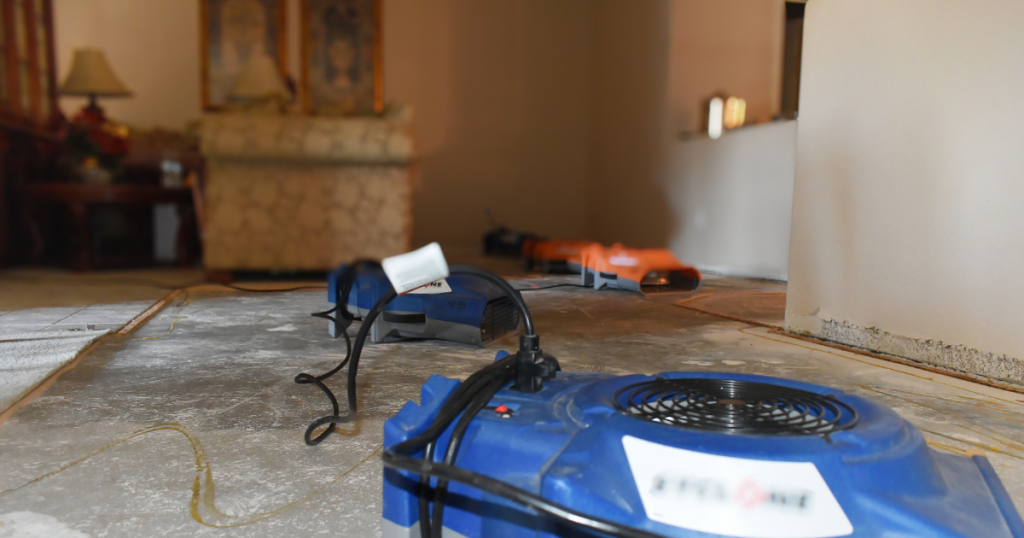
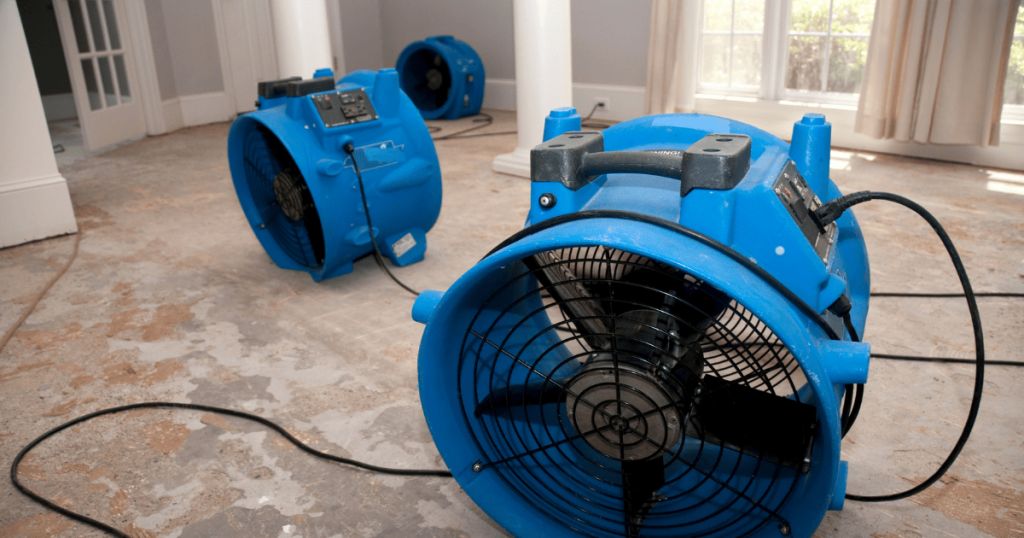
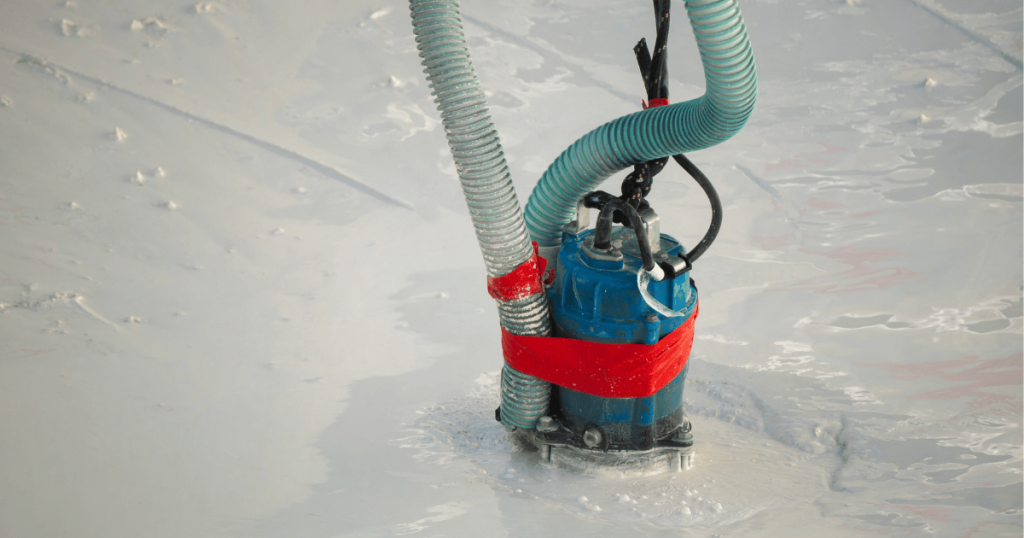
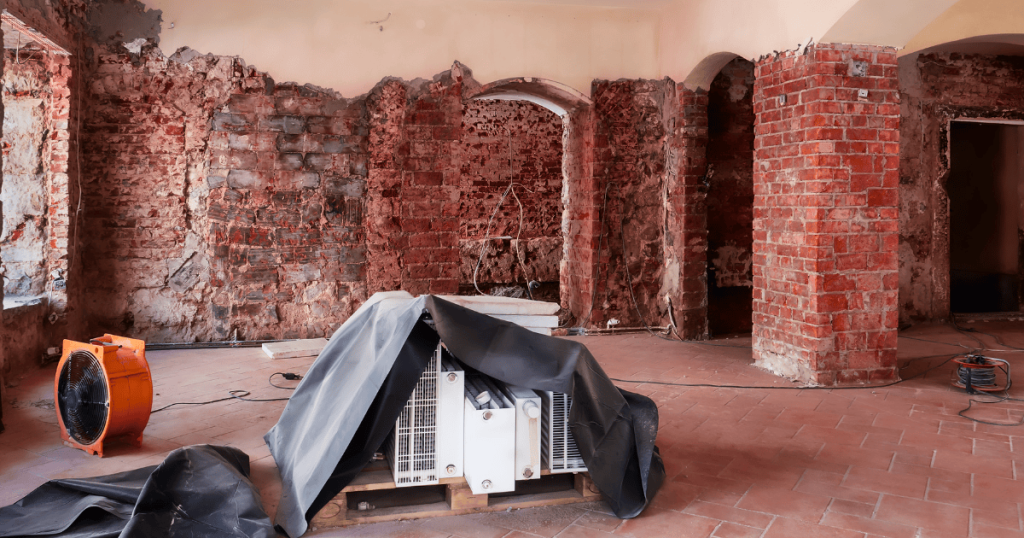
Contact Information:
Excel Restoration
4501 Giant Oak Dr
McHenry, IL 60051
United States
Justin Parat
https://exceldryout.com




